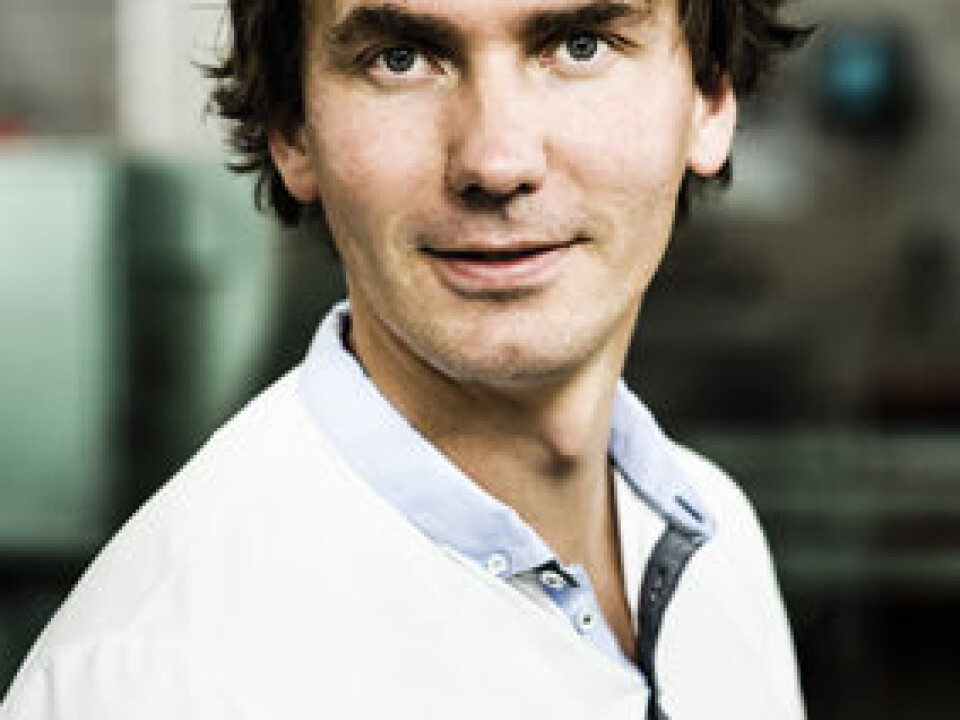
Addicts want sober neighbours
Addicts who live in close proximity to one another tend to reinforce one another’s bad habits. People who are substance dependent say that pressure and unsolicited visits from other users are factors that make it harder to overcome their addiction.
Denne artikkelen er over ti år gammel og kan inneholde utdatert informasjon.
“Substance abusers don't want to live near others who share their habit. Instead they want to live in ordinary neighbourhoods without lots of units for social welfare clients, preferably in normal housing cooperatives,” says Anders Vassenden, who heads a Norwegian research project about residential density and social integration of substance abusers.
The project was carried out at the International Research Institute of Stavanger (Iris) for the Norwegian National Housing Bank.
Substance abusers who want to rehabilitate themselves have lots of reasons for living well away from each other.
“One reason is to get away from substance abuse altogether – the temptation from when their neighbours are getting high. This is particularly the case for users who want to quit. They think it is easier to abstain or control their usage if they live away from other users,” he says.

When lots of addicts live near each other in one area they often get unsolicited visits from other addicts. These visitors come to buy or sell dope. They may want a place to take drugs or are searching for a place to stay the night.
Norway's major cities continue to have many homeless addicts who consider any dwelling better than nothing.
Active substance abusers who aren’t trying to quit also want to live away from other addicts. They think that the behave differently when they live among “ordinary” people.
Narrow circles
The researchers interviewed 26 drug addicts who were at various stages of recovery – ranging from those who were active users to those who were abstaining and in follow-up rehab care. The inteviewees lived in Oslo, Stavanger and two smaller municipalities. Ten employees in municipal housing administrations and representatives from six NGOs were also interviewed.
In a new report due for publication this month, the interviews were followed up by questionnaires sent to municipal housing administrations and drug-abusing tenants in municipal housing.
Their responses confirm that addicts don’t want to live with or near other substance abusers.
“Even in Oslo the circle of drug abusers isn't that big and everyone tends to know everything about everyone else, often including where they live. Places to spend the night are in constant short supply. Those who want to quit especially want to keep some distance and retain anonymity with respect to the drug crowd,” says Vassenden.
Mistrust
It might sound like an advantage for people in difficult emotional and social circumstances to live near each other - that they might benefit from the support and proximity of others in the same boat. But the study from Iris punctures that illusion when it comes to substance abusers.
“This is the dark side of social capital. These are people without much self-confidence, and getting high is at the centre of their relationships. Many simply don’t trust one another. So they don’t want to live together because of the negative forces that can pervade these networks,” says Vassenden.
To put it bluntly, Vassenden thinks concentrating drug users in municipal housing has the following effect: Visitors who are most welcome – for instance the addicts’ families – stay away. Those who aren’t so welcome – other drug addicts – come.
Differentiation
It's not that all types of concentrated housing arrangements are bad. The main issue is how many active substance abusers are on the scene.
“We have interviewed people who live in a complex in Oslo with 150 flats. They are quite satisfied, as the percentage of active addicts there is quite small. Because these are council flats, the neighbours have their own kinds of problems, but for the drug users this is the equivant of living away from each other,” says Vassenden.
The researchers involved in the Iris report conclude that any form of housing is better than none, as those who have been living on the street say that municipal accommodations in a building full of addicts is still a big step up from a life in shelters.
They also found that some of the problems in municipal welfare housing environments are due to homelessness. They argue for more housing to accommodate drug and alcohol addicts – and they conclude that this housing should offer a variety of living arrangements.
Tear down the council flats
Jon Storaas, general manager of RIO, an organisation in Norway working to help substance abusers, is also concerned about offering addicts housing that spreads them around. He has little positive to say about current housing policies.
“The council flats should be demolished. Placing a bunch of substance abusers in the same housing unit is terrible. Certain active users like it that way because they can get easy access to drugs, but most want to live as much as possible among other people,” says Storaas.
He argues for alternative solutions such as living in a location with some staff, where residents have to sign a pledge to stay off drugs. An alternative is buy up residences, like municipalities do for other welfare reasons, to ensure that addicts can live with neighbours who don’t share their drug problems.
“Openness is also important. If they can get a meeting with others who will be living in the unit, and talk about their problems, set boundaries and get intervention, then things will turn out much better. It’s a hard thing to do, standing there and sensing the anxiety,” Storaas said.
“But at the same time this kind of experience can strip people of their ordinary prejudices. You need to create these encounters so people can see that drug addicts are human, too. Extreme examples of ordinary people, you might say. But ordinary nevertheless,” he says.
He doesn’t know of any Norwegian municipalities that make the grade regarding housing policies.
“This is a shame with regard to drug addicts and people with mental health problems,” Storaas says.
----------------
Read the Norwegian version of this article at forskning.no
Translated by: Glenn Ostling


































